Keyword Search Intent: The Complete Guide
Georgi Todorov

What is Search Intent & Why It’s Important for SEO
When people search on Google, they have specific goals, known as search intent. It could be seeking information or making a purchase.
Understanding search intent is crucial for SEO. It involves identifying intent during keyword research, analyzing SERPs, and adjusting your content accordingly.
Google aims to offer quick answers, reducing the need for multiple searches. Relevant content often ranks on the first page.
In this guide, we’ll explore search intent types and share strategies for optimizing your content to meet them effectively.
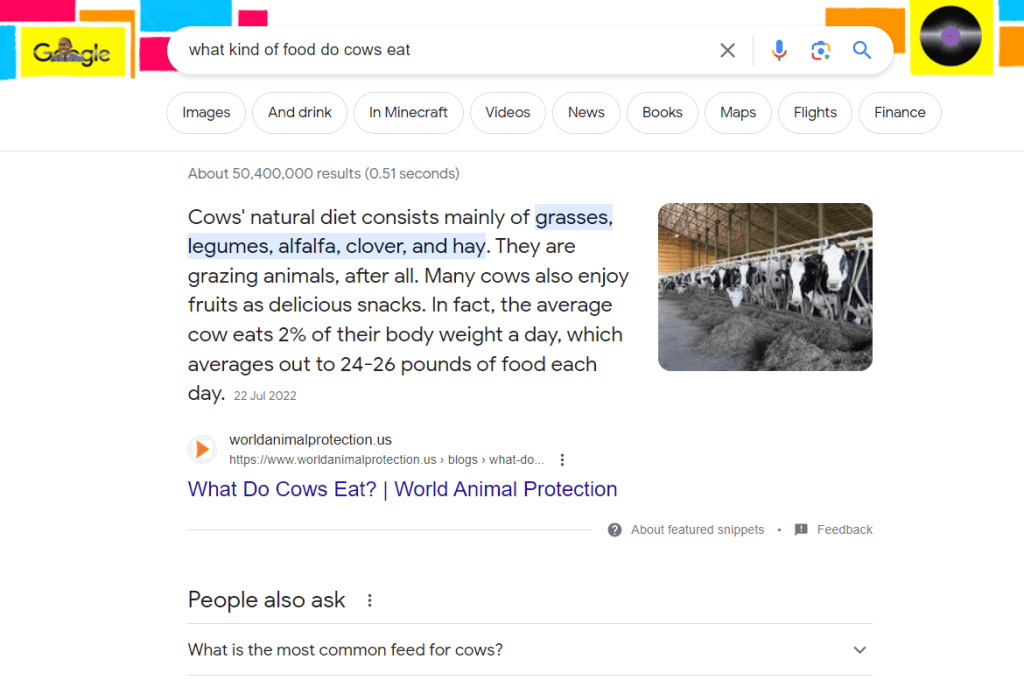
The Different Types of Search Intent
As we mentioned earlier, people have different expectations when they search. Here are the most common types of search intent:
- Informational Intent – the ”how-to” queries or any other types of keywords that people have questions about or want to learn more about the topic (e.g., ”how to make ice cream” or ”Bill Gates age”)
- Commercial Investigation Intent – the ”pre-purchase” high-intent queries that look to learn more about a product or compare it to an alternative (e.g., ”best accounting software” or ”Canva alternative”)
- Transactional Intent – these are the people who are ready to buy and are looking at the final details and price (e.g., ”buy perfume”)
- Navigational Intent – the users who have a specific website that they want to go to (e.g., ”amazon books” or ”how to change a flat tire reddit”).
- Post-Purchase Intent – queries that people have after purchasing the product; it could be questions related to maintenance or problems (e.g., ”steam mop not working” or ”amazon book return policy”)
Now, let’s go over each of them individually.
1. Informational Intent
The majority of Google’s searches are people looking for more information.
Some example queries will include:
- The 5Ws – ”what”, ”where”, ”when”, ”who” or ”why”
- How to (do something)
- Can you (do something)
But keep in mind that people are lazy searchers.
They are not going to type out ”what is the age of Bill Gates”, they are more likely to search ”Bill Gates age”.
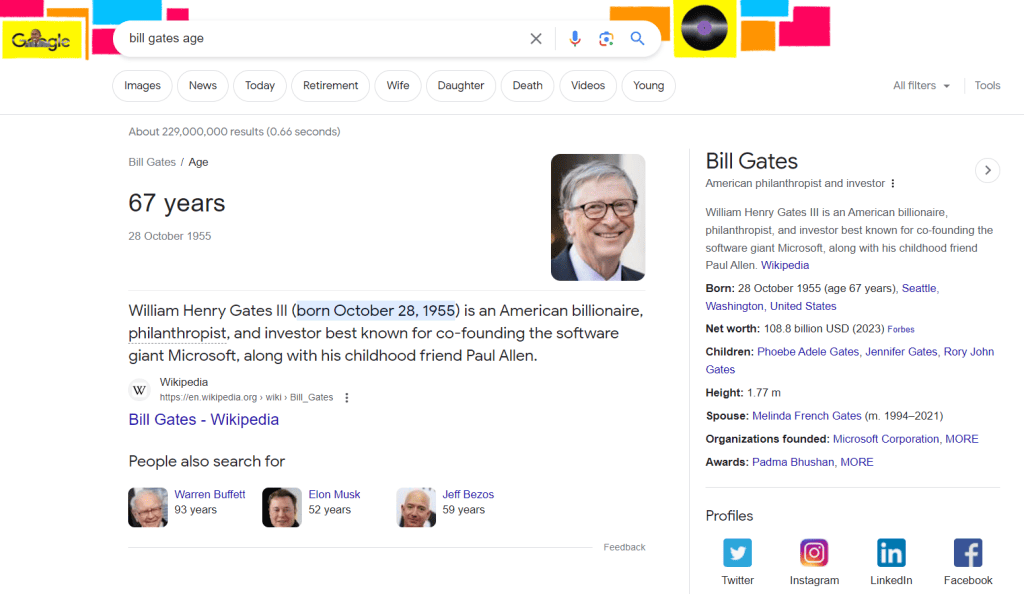
People are also not going to search for ”what are some air fryer recipes”, they will just search for ”air fryer recipes”.
There are tricky keywords as well, such as ”air fryer chicken”.
So is the user looking to buy chicken for their air fryer? Or do they already have chicken and need to cook it with their air fryer?
This is why if we are unsure about a keyword’s intent, we need to analyze its SERP to find out what Google has decided answers the best this query:
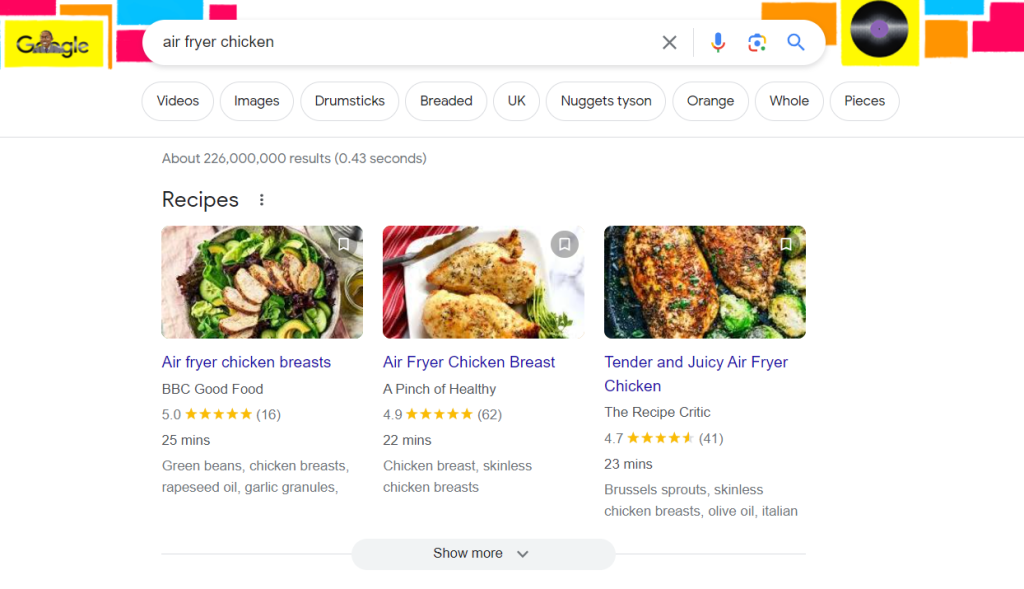
This is how we were able to confirm that this is an informational intent keyword, as we can see the recipe content ranking.
If you want to sell your chicken to people who have air fryers (or sell air fryers to people who have chicken), you would need to create recipe content for this keyword and then position your product there.
2. Commercial Investigation Intent
Some people already have a pain point that they have identified and they are looking to solve it.
Perhaps they want to move from an existing product to another, or they are simply looking to research the market.
Example keywords include:
- ”Alternative” – e.g., ”air fryer alternative”
- ”Best” – e.g., ”best air fryer”
- ”Near me” – e.g., ”pizza restaurant near me”
- Comparisons – e.g., ”air fryer vs oven”, ”air fryer and oven difference”
Other commercial investigation keywords include ”review” for users who are looking for specific product reviews.
These are the types of keywords that you want to target if you are looking to position your product in front of an interested audience.
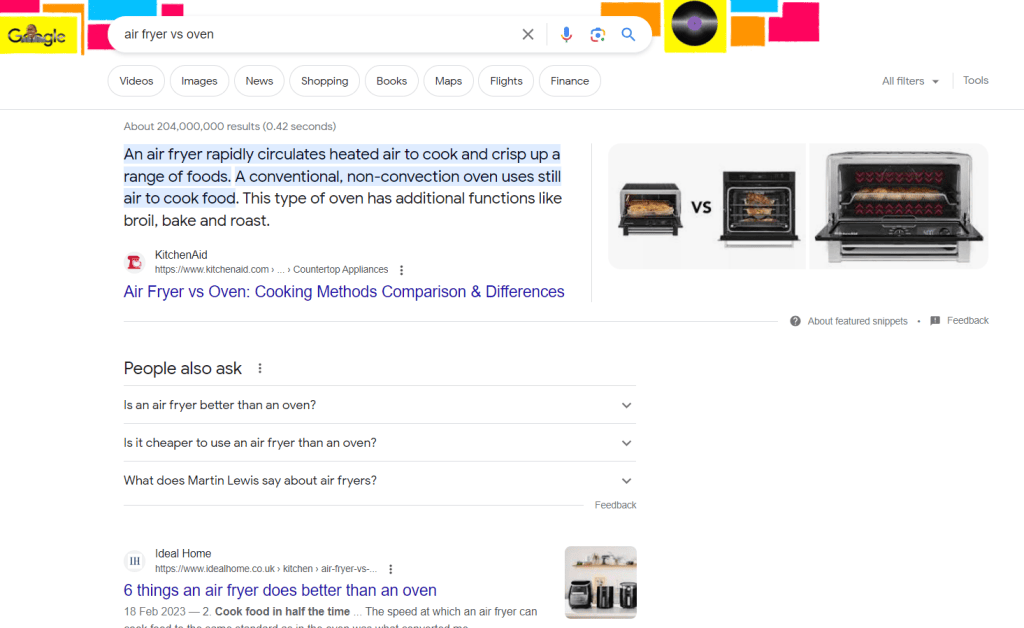
3. Transactional Intent
The keywords that everyone wants to rank 1st for – are the ”I’m ready to buy right now” keywords.
Transactional keywords are the most competitive keywords that signal that a user is ready to convert, given the right product, price, and detailed information.
Popular queries include:
- ”Buy” – e.g., ”buy perfume for men” or ”where to buy perfume for women”
- ”For sale” – e.g., ”perfume for sale christmas”
- ”Discount” – e.g., ”perfume discounts black friday”
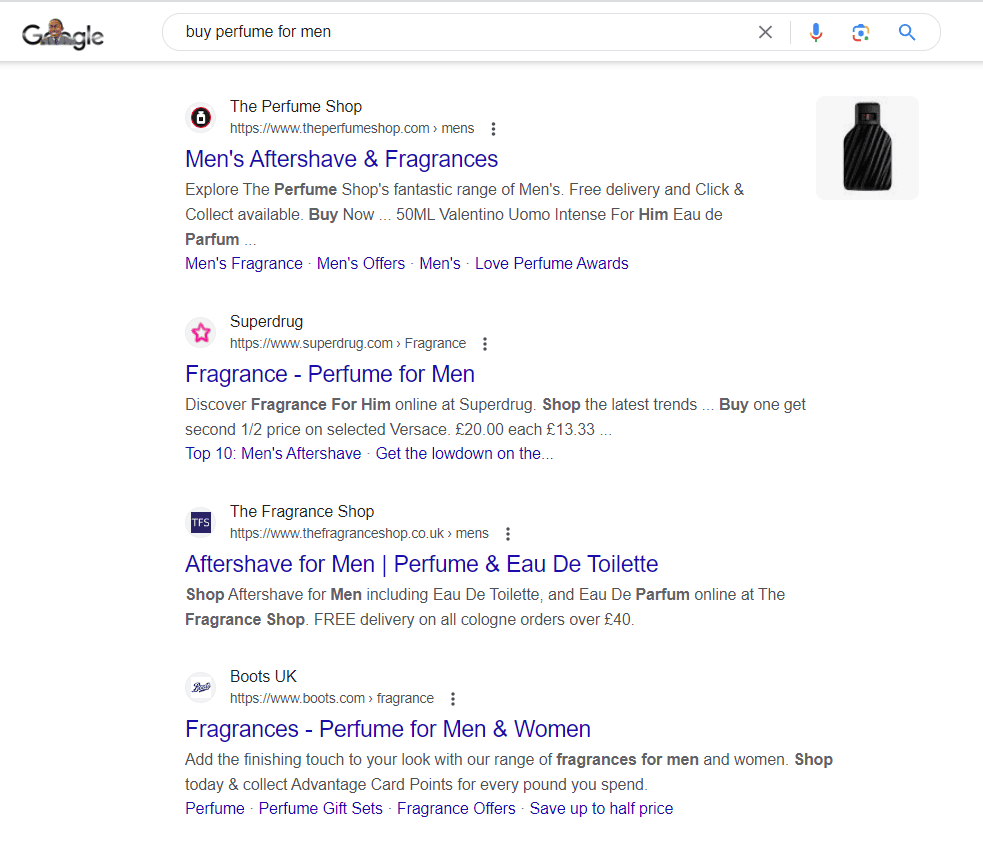
When it comes to transactional keywords, some users will have navigational intent, for example ”chanel perfume discount”.
And unless you are also selling Chanel perfumes, it will be very hard for you to rank for them.
The keywords that are the hardest to rank for if you are a competitor – the navigational intent keywords.
These are the queries that people already have a specific idea of where they want to go.
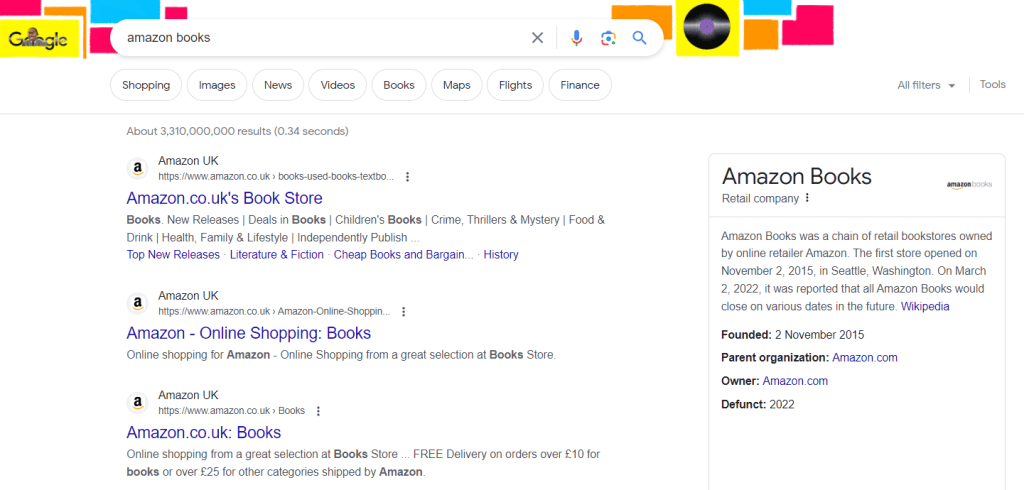
If they want to go to shop on Amazon, there’s not much you can do to outrank them for it.
But that doesn’t mean it’s impossible.
Even though Google prioritizes domain names (which is how they figure out navigational intent), it’s not a guaranteed 1st position.
Remember the Chanel example? Even they do not rank for everything Chanel-related:
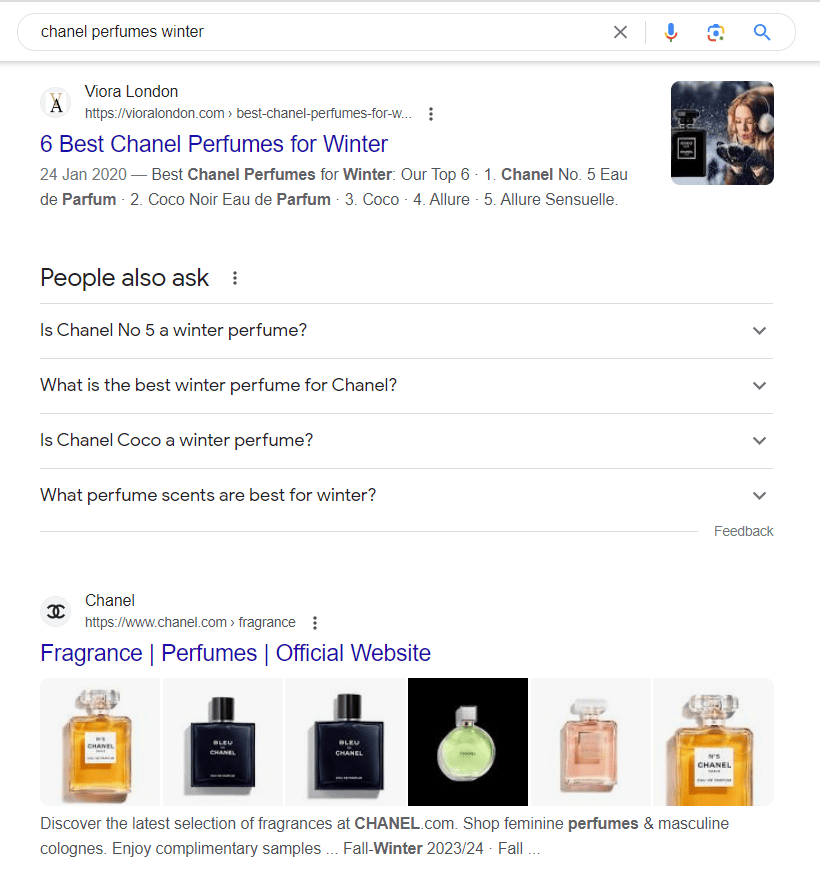
This is because a competitor has better optimized their content for this specific query.
5. Post-Purchase Intent Keywords
The post-purchase intent keywords are the queries that people search for after they have purchased the product.
They could be looking for more information on how to use the product, fix it, or even how to return it.
Example queries include:
- ”Problem”
- ”Warranty”
- ”Return”
- ”Doesn’t work”
- ”Broken”
- ”Clean”
- ”Fix”

This is a type of search intent that not many SEOs know of or optimize for.
But it’s something that we at LowFruits care about, which is why we have included it in our Keyword Explorer so you can research keywords related to it:

These are keywords that present a great opportunity not only for traffic but also for increasing conversions.
If you target keywords for products that people are upset about or need to fix, you can position your product as an alternative or your service as a painkiller.
How to Optimize for the Search Intent
Once you grasp the concept of search intent and verify it through SERP analysis, it’s time to optimize for that intent.
For instance, if a user searches for “best pizza restaurants,” writing an article about “why my pizza restaurant is the best” won’t likely rank.
Even if you do rank due to high domain authority and backlinks, you won’t align with the search intent. People seek various options before making a choice.
To keep users from bouncing to other pages, it’s crucial to meet their intent with top-quality content and conclude their search journey on your page.
1. How to Optimize for Information Intent
Informational intent optimization is quite straightforward: produce high-quality content.
You want to be the best and most educated answer out there to the question. You want to provide content that is simply more complete than those of the competitors.
For example, the topic of ”search intent” is an information intent topic. You want to learn as much as possible about the different types of search intent.
In order to compete for it, we provide a complete answer to the topic by diving deeper into how to optimize for it and why it matters for SEO.
We also explored a new theme ”post-purchase intent” keywords that the other articles do not touch on.
Another dimension in this is the word count. You’d need to research the SERPs to decide what would the ideal word count be for this query based on how much the competitors have written on it.
You can either do that manually or with LowFruits when you analyze your keywords’ SERPs:

Lastly, for some competitive topics you’d need to provide some backlinks to the target page.
This is why if you do not have the capabilities or time to build backlinks for each highly competitive topic that you write on, we recommend researching low-hanging fruit informational intent keywords.
2. How to Optimize for Commercial Investigation Keywords
People want to compare the existing options and make an educated decision.
This is why you need to write unbiased content and provide as much context as possible.
For example, we recently had a comparison article LowFruits vs. KeywordChef where we remained neutral and gave an objective analysis of the 2 tools.
The goal is to position your product as the better one, but not at the expense of the competitors. People do not want to read ”here is why my product is better than everyone else’s.”
People want to read ”there are multiple solutions, but mine is different because X and is suitable for X people”.
This is why product marketing in content is not easy, because you should not throw shade at the competitors but also position your product’s strengths.
If you do end up presenting an accurate analysis and pitch your solution, your users will end up choosing you, which would also complete their search journey.
Here, you also need to focus on low-hanging fruit profitable keywords and not target high-competition keywords, because otherwise, you’d need backlinks or a strong DA profile.
3. How to Optimize for Transactional Intent
Transactional intent keywords are tricky because you cannot just write thousands of keywords on them.
You need to be persuasive in your copy and with your design.
In fact, transactional keywords are not really articles. They are mostly product pages, with some exceptions.
You need to treat them like a sales page, and you should provide only the most relevant information and not go into unnecessary detail.
For example, the average perfume sales page would have around 600-700 keywords, but with around 10-15 high-resolution images of influencers and only the most basic product info.
The goal is to craft your pitch and to check the competition for pricing.
People are price sensitive and even if you rank, your page might not get clicked or convert because of your price.
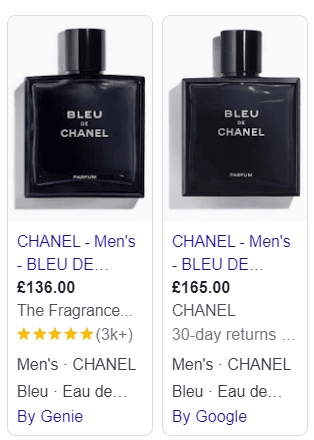
And lastly, structured data is king for transactional keywords.
Also known as ”schema”, you need to provide some ”bonus” information on your page via structured data in order to improve the click-through rates.

The most important thing is whether you have produced content on the topic in the first place.
If you do not have a page that is about a discount or a review, then you will probably get outranked in the future.
This is why you need to mention the brand in the title tag and mention the topic somewhere in the content. Or specifically craft content on this topic.

And on how to compete for other people’s navigational intent keywords, you can try to spot content gaps in their existing content and then write content on it.
5. How to Optimize for Post-Purchase Intent Keywords
The best way to deal with post-purchase intent keywords is to treat them like informational intent keywords.
You want to write high-quality content for them and then pitch your product or offer to them in the content.
You can start by researching if there is enough demand for certain keywords and then produce content on them.
For example, here is BBC Good Food sneaking what looks like an affiliate product on their article ”how to clean an air fryer”:
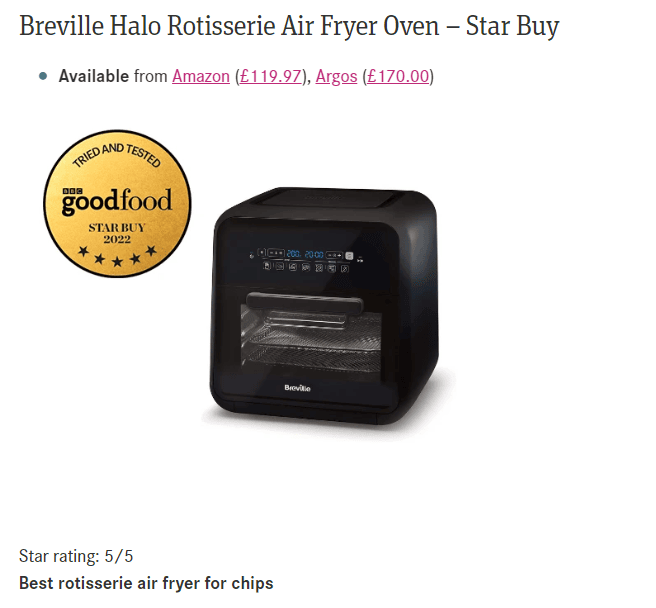
Conclusion & Key Takeaways
| Keyword Intent | Explanation | Examples | Strategy |
| Informational | People have a question or want to learn more about a topic. | ”How to make ice cream”; ”Bill Gates age” | Produce higher-quality content than the competitors. |
| Commercial Investigation | People want to do due diligence before converting. | ”best accounting software”; ”Monday.com alternative” | Position your product while remaining unbiased. |
| Transactional | People looking to purchase right now. | ”buy perfume for men”; ”air fryer for sale” | Compete on price and on design, optimize with structured data. |
| Navigational | People looking to visit a specific website. | ”ikea furniture”; ”ninja air fryer” | Spot content gaps as a competitor, optimize for the keywords as a brand owner. |
| Post-Purchase | People who have questions after buying the product or solution. | ”steam mop not working”; ”air fryer broken” | Help solve the problem and position your product as an alternative. |